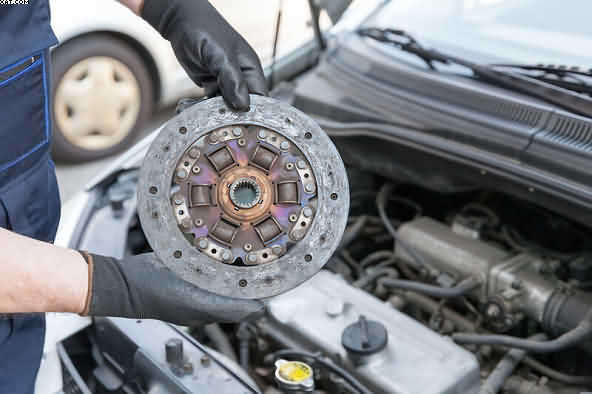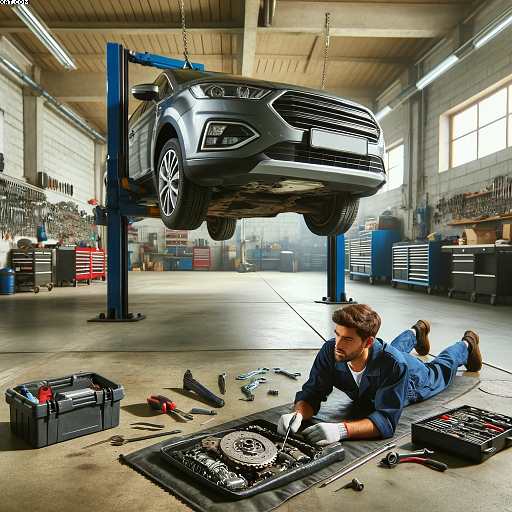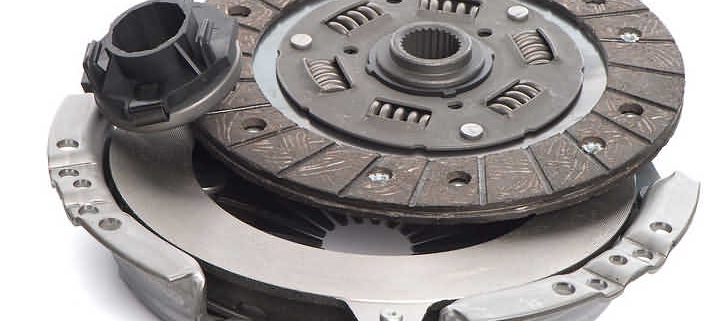How a clutch works
Table of Contents
How a clutch works

How a clutch works
Okay, let’s talk about one of the automotive world’s unsung heroes: the vehicle clutch.
It’s a handy piece of equipment that plays an important part in your engine, especially if you drive a manual. Whether you’re zipping around Halifax, climbing the steep hills of the Pennines, or simply going to the local chippy, your clutch is hard at work. So, how does this ingenious device function? Let’s break it down in layman’s terms to avoid getting bogged down in technical jargon.
First and foremost, consider the definition of a clutch. How a clutch works
Consider it a sandwich, but instead of cheese and pickles, you have a flywheel, a clutch disc, and a pressure plate. The flywheel is linked to the engine, and the clutch disc sits between it and the pressure plate, which is linked to your gearbox.
Now, while driving, your engine is always spinning, but your wheels aren’t. This is when the clutch comes into play. When you depress the clutch pedal, you are effectively separating the sandwich. This means that the engine and wheels are no longer linked, which is why your automobile doesn’t stall when you come to a stop at a red light or shift gears.
Speaking of gear shifting, that’s another clutch party trick. How a clutch works
When changing gears, you must detach the engine from the gearbox in order to seamlessly transition into the next gear. By pressing the clutch pedal, you can change gears without grinding them to a halt.
When you let off the clutch pedal, the magic begins. The pressure plate squishes the clutch disc back against the flywheel when you lift your foot, linking the engine to the wheels. If you’ve ever been in a car with a beginner driver, you’ll be familiar with the judder and hop of a poorly handled clutch!
But it’s not just a matter of pausing and restarting. The clutch must also deal with the varying speeds of the engine and wheels. This is referred to as a slip.’ When you’re starting out, the clutch lets a little slip so the engine doesn’t stall and you can get running smoothly.

Your clutch is low-maintenance in terms of upkeep. How a clutch works
However, it, like anything else, can wear out over time, especially if you’re a bit heavy-handed with it. If you notice a difference in the pedal or hear strange noises when shifting gears, it’s time to have it checked out.
So there you have it—a quick rundown of how an automobile clutch works.
Next time you’re driving through Halifax’s picturesque streets or the open roads of the UK, remember the humble clutch, which works relentlessly to make your journey smooth and enjoyable. Remember that smooth gear changes and careful footwork can make all the difference—not only in terms of comfortable driving but also in terms of the longevity of your clutch. Drive carefully!
This is a video showing how a slave cylinder, clutch, and transmission work together to engage power from the engine and disengage power from the engine to the transmission. Filmed near Nagoya, Japan, at the Toyota Commemorative Museum of Industry and Technology.
Clutches are what we call a “bread and butter” job.
Hence, I thought that I would show a video to demonstrate the things that our technicians have to do when replacing the clutch.
Customers frequently contact us. Consequently, they ask the question, “How can I tell if my clutch is going?”
Therefore, I usually answer with the same explanation. You’ll know when the clutch is gone. because the biting point will happen with less pedal push, and the clutch will slip when the drive is under heavy load.
Check these things out
When my car eventually arrives in the shop, we start the car and dip the clutch pedal. The next step is to place the car in third gear. With the handbrake off, we then very slowly release the clutch.
A good clutch will stall the engine.
if you carry out the same procedure with a slipping clutch. The engine will then most likely judder and try to pull away before stalling.
Sometimes, you will hear a rattle when you release the clutch pedal.
This indicates that the clutch plate has been damaged and must be replaced.
Another sign that your clutch is on the way out is that there will be a terrible smell when the clutch pedal is released. This is a problem with deaf drivers.
Because they cannot hear very well, they do not know that their clutch is slipping. The tell-tale sign is the smell that the burning clutch plate gives off. We have one customer who goes through a clutch a year (good for business?).


